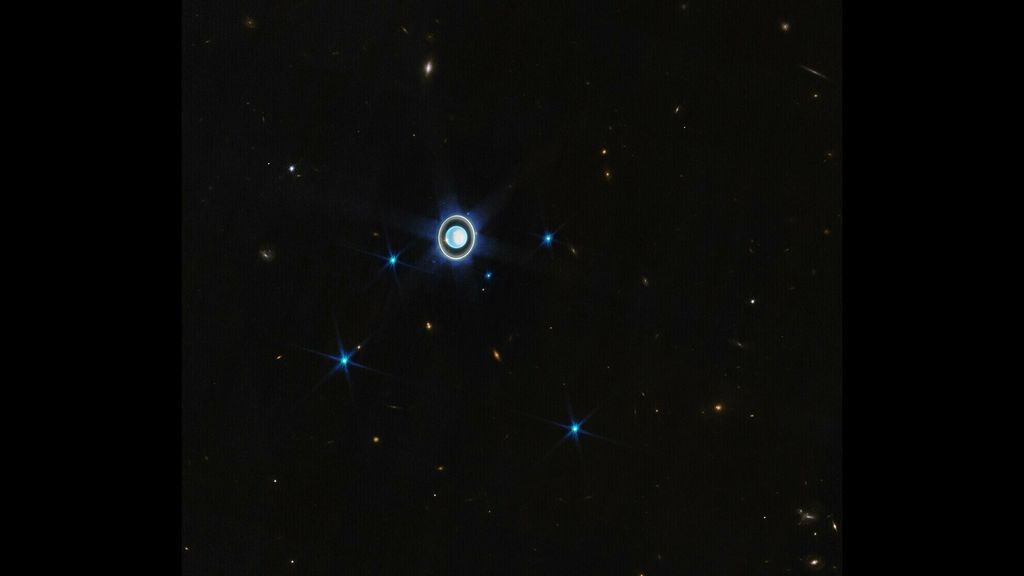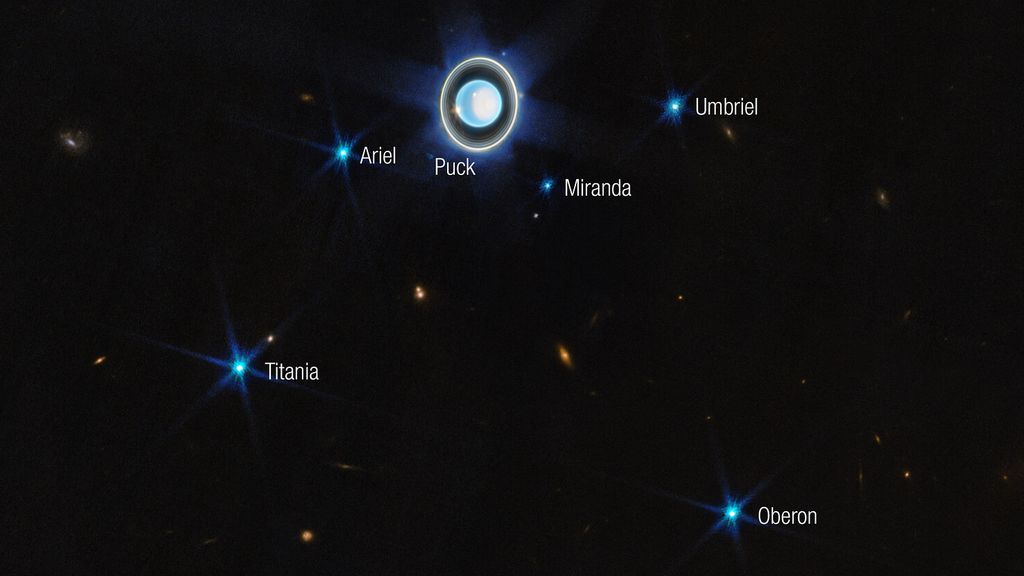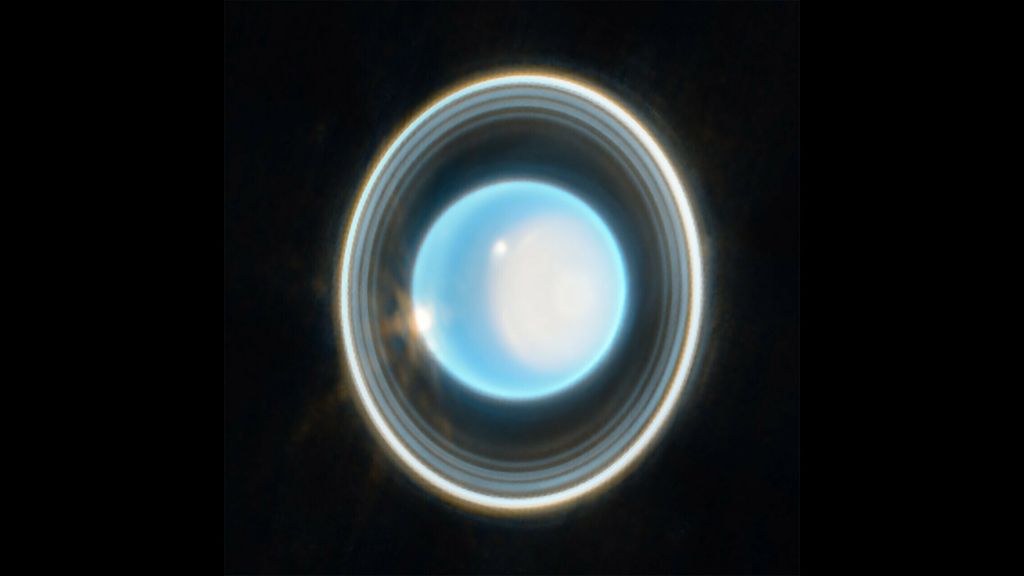NOS News•
In 1986, the NASA probe imaged Uranus’ rings for the first time, but in those Voyager images, from afar, the planet looked mostly like a faint blue-green ping-pong ball with nearly invisible rings. The James Webb Space Telescope now offers a completely different view of the planet: not only the rings can be seen better, but also the “clouds” in the atmosphere.
Uranus is the third outer planet to be imaged in a new way by telescope, after Jupiter and Neptune. He writes, “Webb’s data show how sensitive the telescope is. Even the faintest dust ring becomes visible.” NASA. Of the thirteen known episodes, eleven appear as webs.
storms in the atmosphere
Because the telescope “looks” in the infrared spectrum, more detail can be seen. “It shows how dynamic the atmosphere of Uranus really is.”
To the planet’s right, the image shows a large bright region called the “polar cap,” which appears and disappears as it receives more or less sunlight. Webb’s data can help scientists better understand how this mechanism works.
Outside this “polar cap” and to the left of Uranus’ edge are two small, bright spots. These spots of light, especially visible in infrared images, are called clouds. They are typical of a gas giant and may be associated with storms in the atmosphere.
Zoomed in, the space telescope images also show six of Uranus’ twenty-seven moons as bright blue dots:
-

NASA, ESA, CSA, STScI
In more miniature: Uranus with six of its twenty-seven moons -

NASA, ESA, CSA, STScI
The six moons visible in the image
According to NASA, the image of Uranus was “only a 12-minute snapshot using two filters” and further research using space telescopes will follow. “This is just the tip of the iceberg when it comes to what Webb can do when observing this mysterious planet.”







